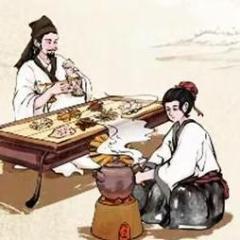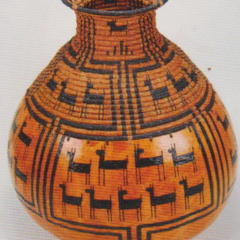-
Welcome to the eG Forums, a service of the eGullet Society for Culinary Arts & Letters. The Society is a 501(c)3 not-for-profit organization dedicated to the advancement of the culinary arts. These advertising-free forums are provided free of charge through donations from Society members. Anyone may read the forums, but to post you must create a free account.
French food pairings: Tradition, region, logic?
-
Similar Content
-
- 492 replies
- 127,947 views
-
- 537 replies
- 175,505 views
-
- 2,664 replies
- 515,864 views
-
- 1,023 replies
- 177,238 views
-
- 699 replies
- 131,922 views
-
-
Recently Browsing 0 members
- No registered users viewing this page.





Recommended Posts